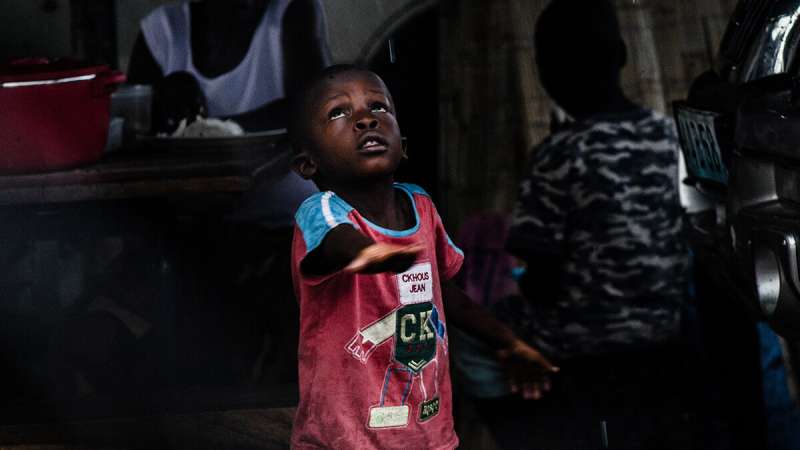Climate change could reshape pathogen profile of diarrheal disease

More than half a million children under five years old die of diarrheal disease every year, according to the World Health Organization. Deaths and serious illness are most common in regions without access to clean water. Local climate fluctuations can be tied to outbreaks, but researchers have struggled to predict how climate change will affect diarrheal disease prevalence because diarrhea does not have a single root cause. Bacteria, viruses, and protozoa are all potential culprits of the underlying intestinal infection. Each potential cause can react differently to changes in rainfall, temperature, and other climate variables.
New research by Colston et al. aims to shed light on how different pathogens could respond to climate change. Researchers analyzed how 10 different diarrhea-causing bugs— including bacteria like Escherichia coli and Campylobacter, as well as viruses like adenovirus, norovirus, and rotavirus—responded to eight climate variables. The researchers collected stool samples and satellite data from communities and hospitals in 19 countries across southern Asia, sub-Saharan Africa, and Central and South America. Polymerase chain reaction (PCR) tests identified target pathogens in 65,000 stool samples from more than 20,000 children in regions where diarrhea is a substantial threat. The team used data from satellites and Earth system models to gather daily information about climate variables at each site, including humidity, soil moisture, temperature, and rainfall.
They found evidence that the impact of climate change on diarrhea outbreaks may differ depending on the underlying source of infection. In general, bacterial infections increased in areas with warm, moist conditions, whereas viruses became less prevalent in these regions. For instance, E. coli infection risk increased as temperatures warmed, whereas rotavirus became more common in colder weather. Just one variable—soil moisture—was associated with an increase in all 10 pathogens. The authors conclude that bacteria-caused diarrhea in children and adults could become more dominant as warm, wet places get even warmer and wetter because of climate change. Conversely, rotavirus—one of the leading causes of diarrhea—might become less prevalent as the climate shifts.
More information: Josh M. Colston et al, Associations Between Eight Earth Observation‐Derived Climate Variables and Enteropathogen Infection: An Independent Participant Data Meta‐Analysis of Surveillance Studies With Broad Spectrum Nucleic Acid Diagnostics, GeoHealth (2021). DOI: 10.1029/2021GH000452



















